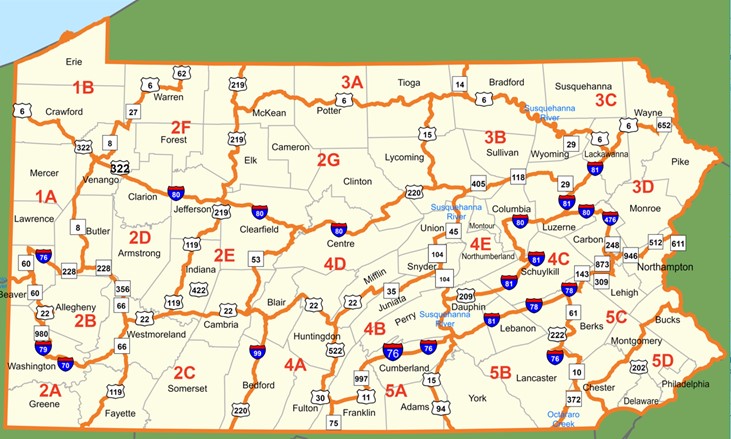Wildlife Management Units
Wildlife Management Units are used to manage all game, except elk, waterfowl, and other migratory game birds. The large-scale units are based on habitat and human-related land characteristics. Human population density, public/private land ownership, recognizable physical features such as major roads and rivers, and land use practices such as agriculture, timber, and development were considered when establishing the physiographic boundaries of Wildlife Management Units. Prior to the implementation of Wildlife Management Units in 2003, game animals were managed using smaller, species-specific management units. Six game species, each with 2 to 67 species-specific management units were originally combined into 21 larger Wildlife Management Units (see Figure 1 below). Though the larger units come with more habitat variability, they provide data sets adequate for management recommendations without added data collection effort, they give hunters larger areas to hunt, and they provide boundaries that are easy to see. Wildlife Management Units are established for the long term and periodically reviewed for adjustments.

Figure 1
Figure 1: Maps of species-specific management units for the 2002-2003 hunting and trapping seasons. County boundaries are provided for reference.